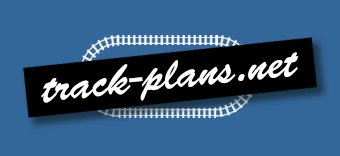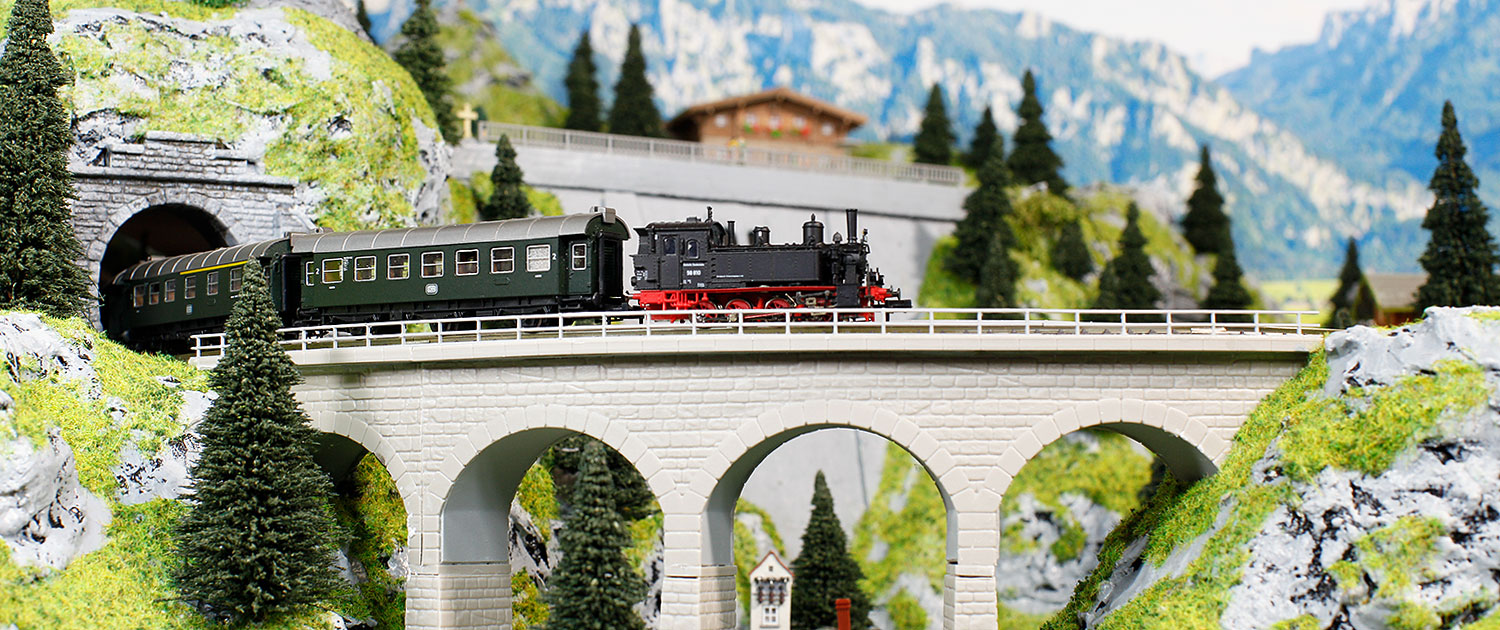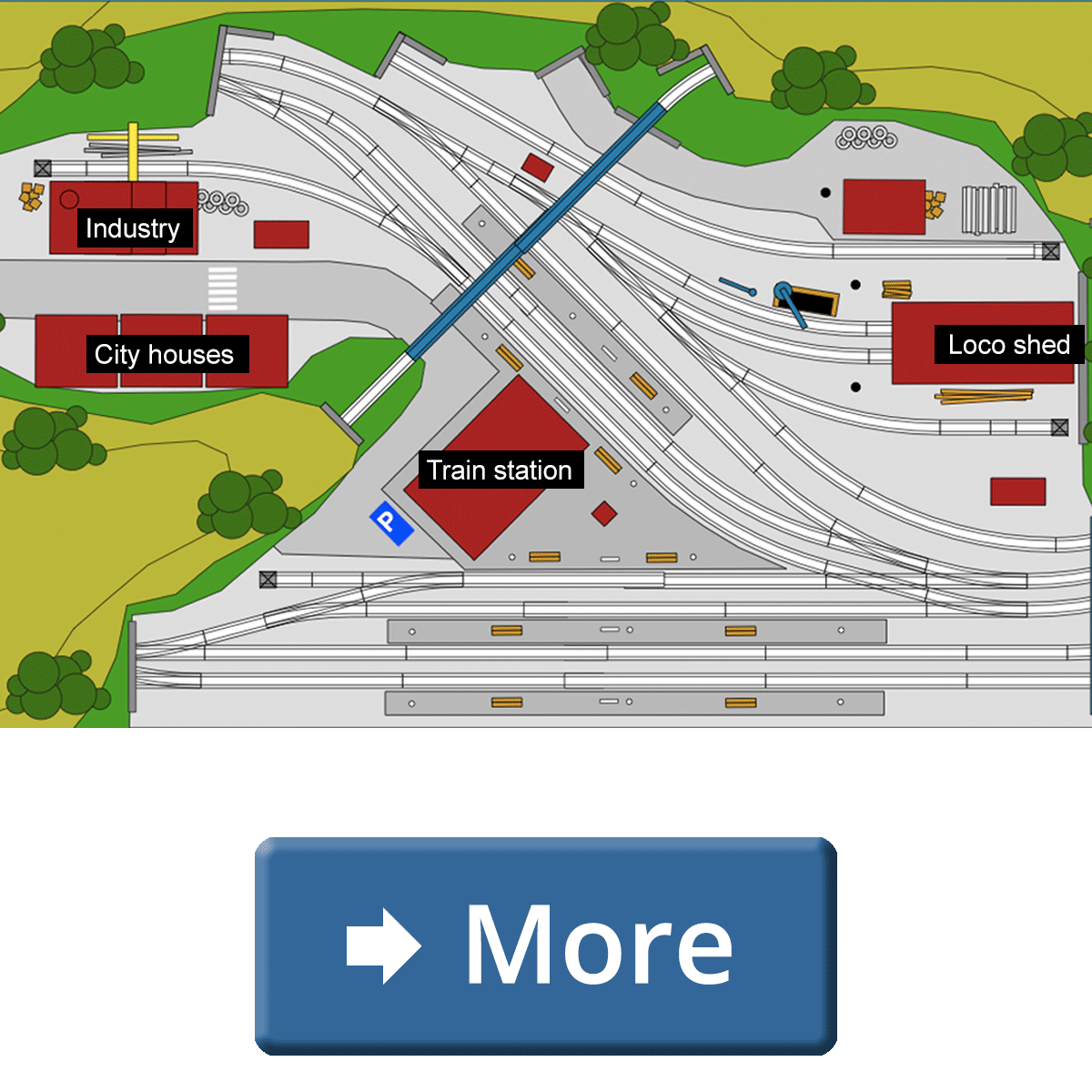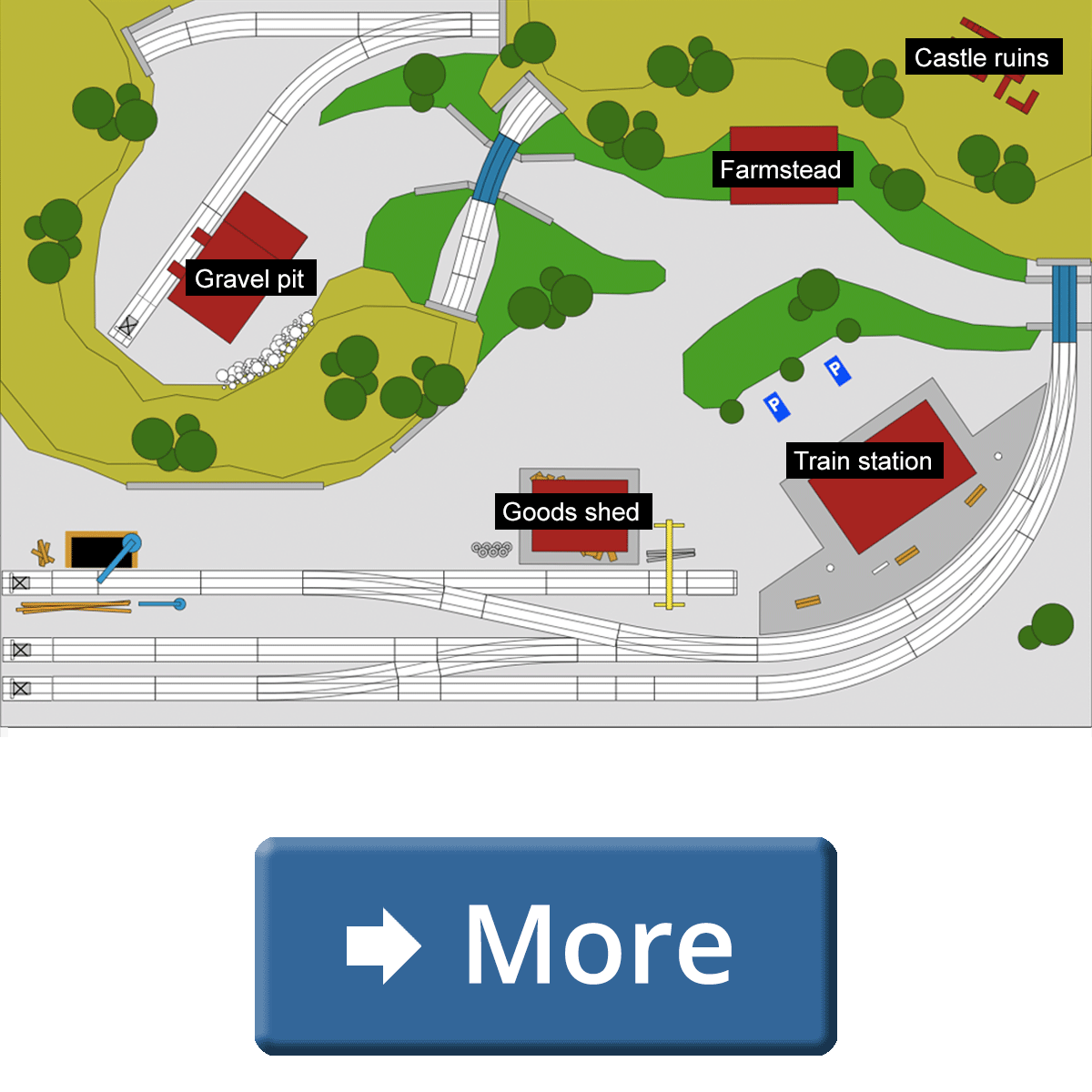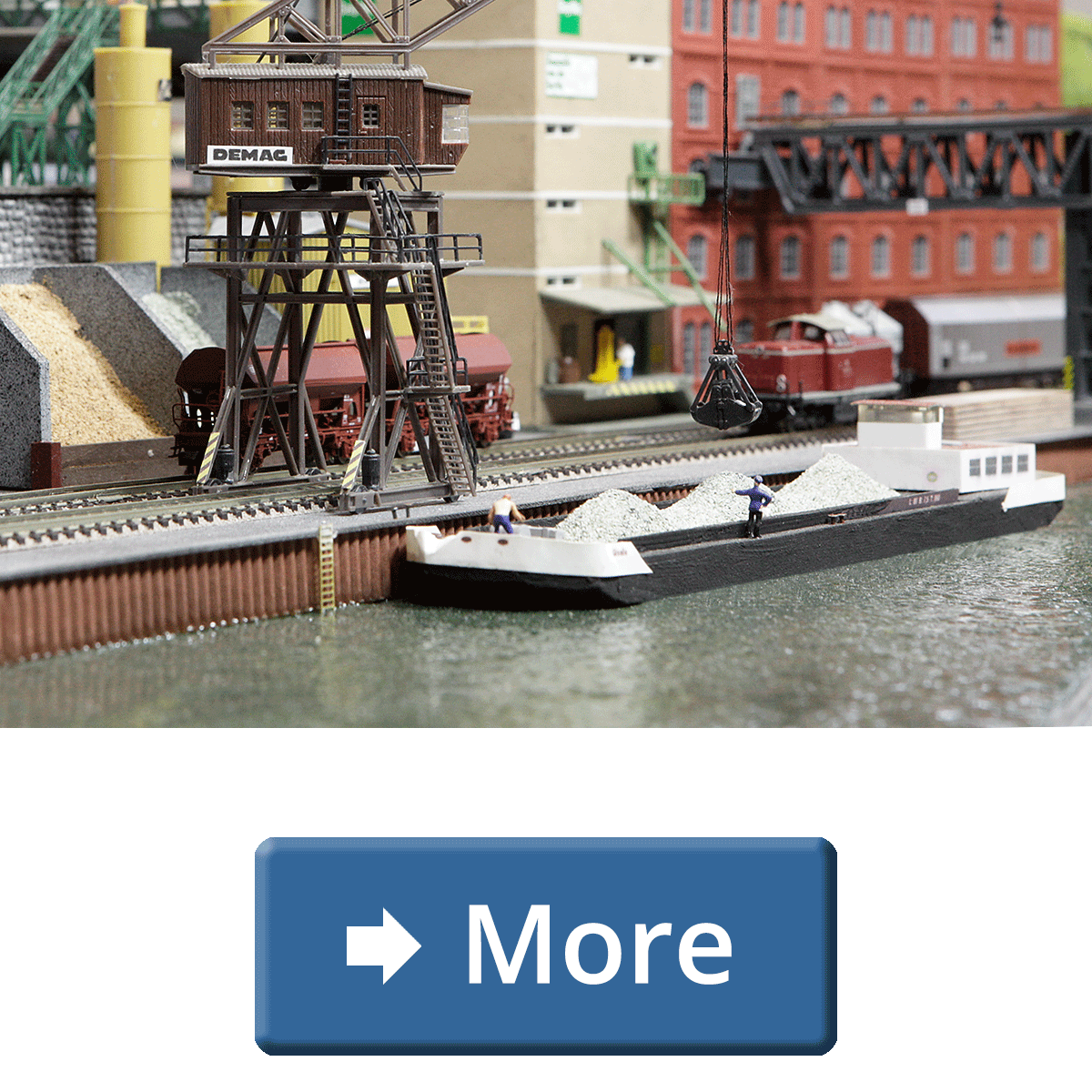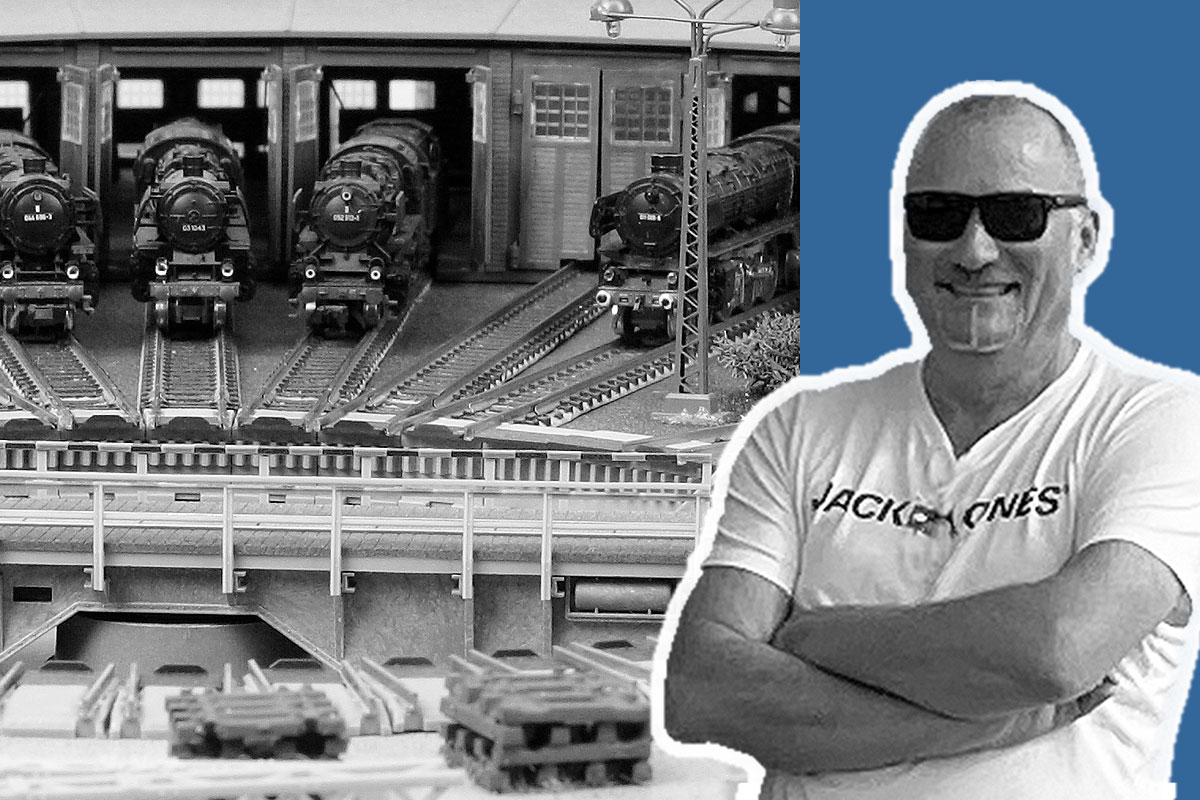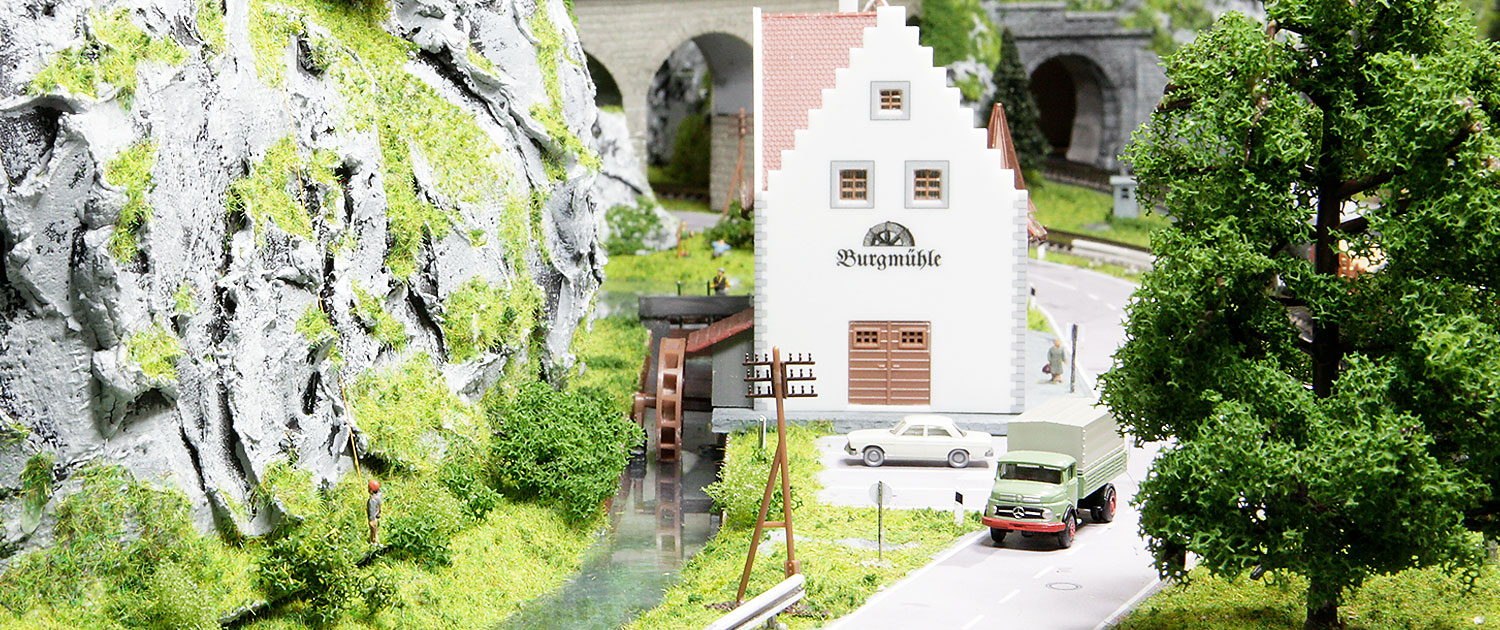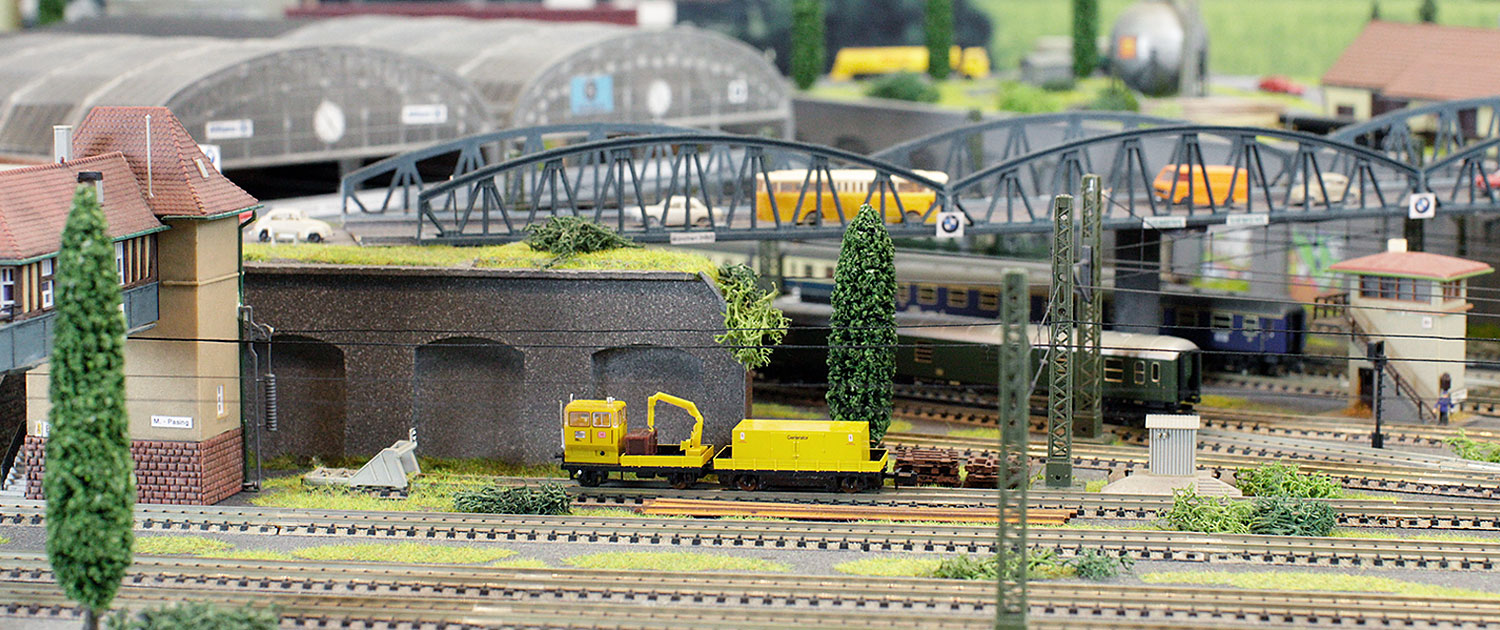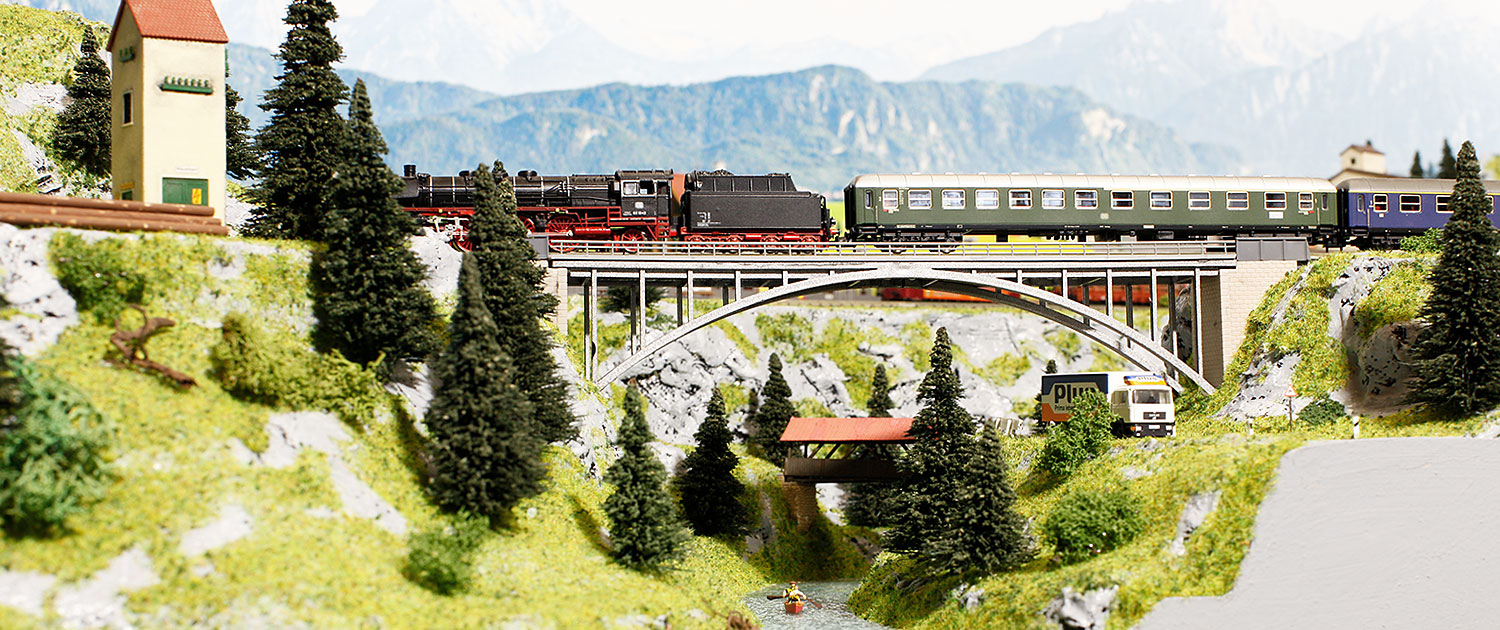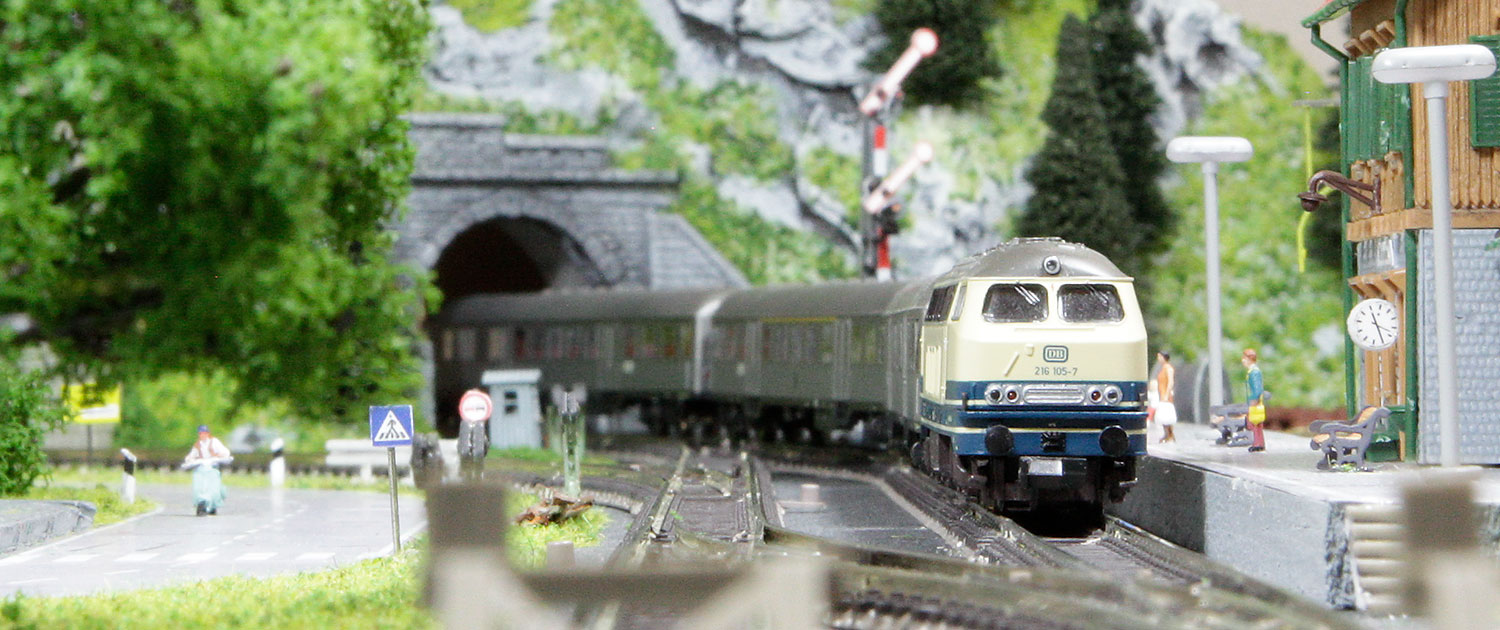About me
I’m a N scale model railroader from Bavaria/Germany. So please, be merciful if my Germlish leaks out from time to time. And, of course, my layouts have a typical Bavarian “Look & Feel”. But a track plan idea is international, isn’t it?
It all started when I got a track planning software. After that, “Track Tetris”, i.e. pushing around track-shaped pixels on the monitor, became one of my favorite pastimes. Finally, many of these track plan ideas turned into finished model railroad layouts.
Most track plans are in N scale, but from time to time I also think outside the box and try my hand at HO track plans.
So get inspiration here!
And you are also welcome to visit me on YouTube, Instagram or TikTok.
